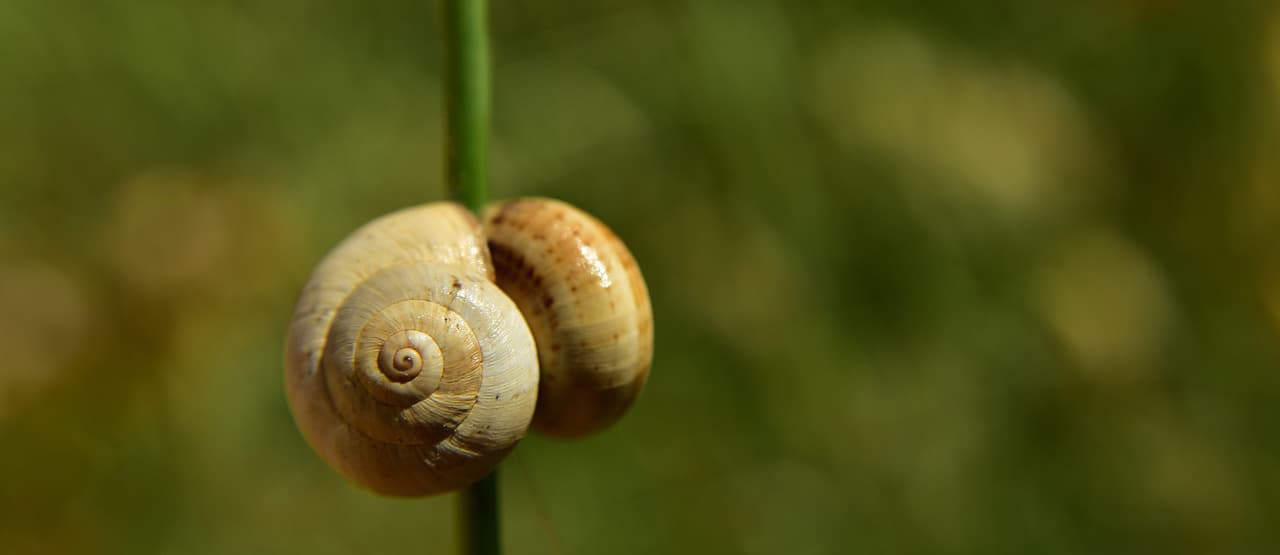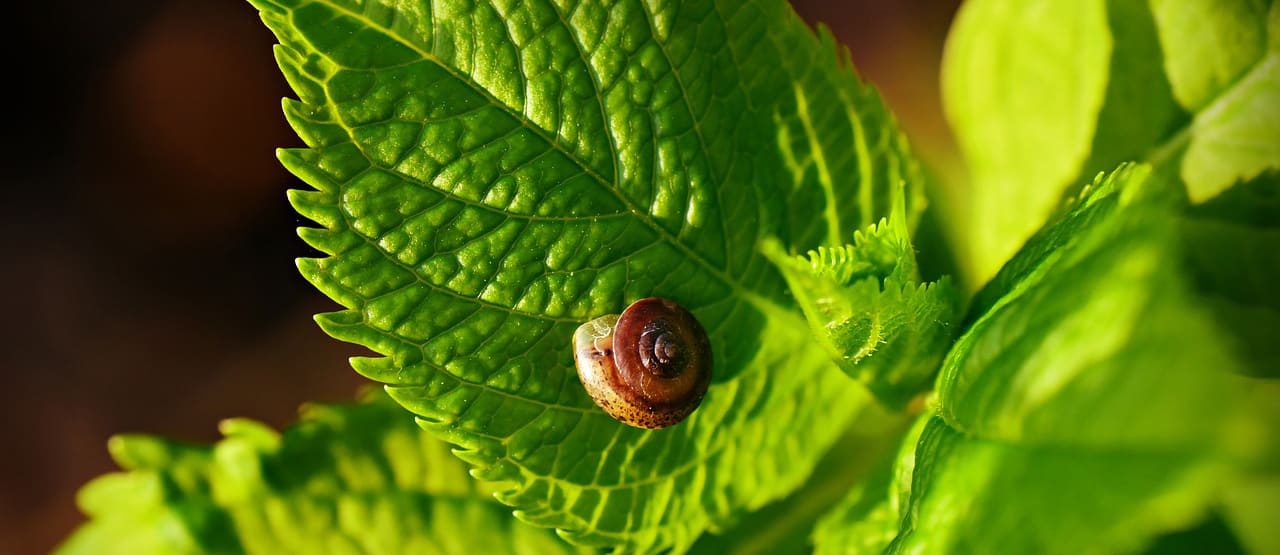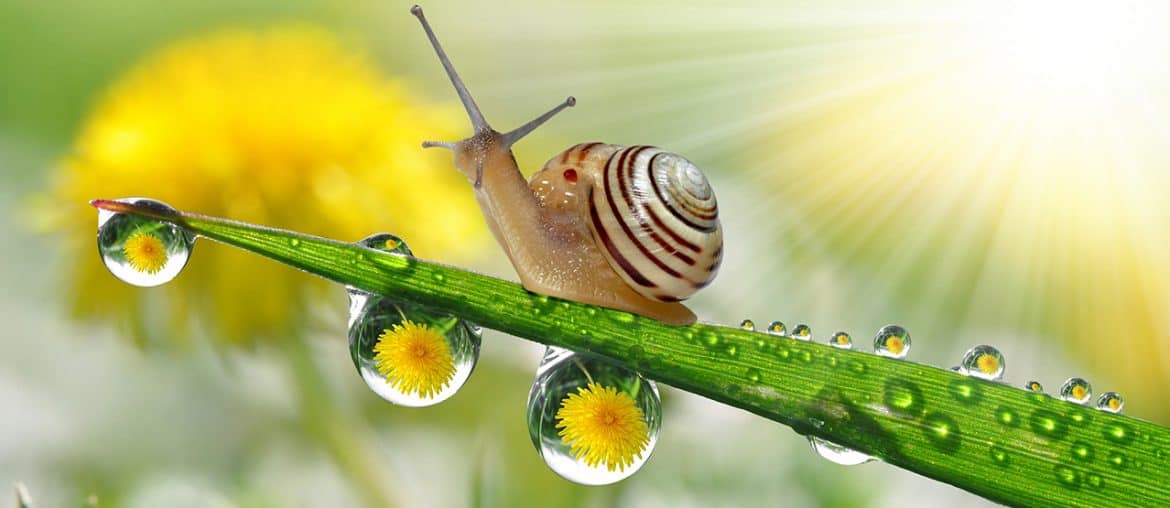– How long do snails sleep?
is perhaps one of the strangest internet questions to ever trend. But, luckily, also one of the most beneficial sleep discovery to man lately.
Until recently, it was believed that only complex organisms such as human beings needed sleep. So, it was quite a surprise when research revealed otherwise. Especially so, for odd little creatures such as snails.
One would be forgiven for thinking; snails don’t need rest. After all, they are so slow they hardly look like they use any energy at all.
But two doctors from the University of Toronto discovered otherwise when they carried out a study to determine whether snails sleep.
How was it discovered that snails sleep?
After observing that snails remained in one place for long (as you might have noticed with your own pet snail). Two doctors, Professor Steven Richardson and Dr. Vern Lewisa of the University of Toronto, decided to find out whether snails sleep.
They discovered that snails do indeed sleep. By using three testing methods:
- By tapping the Snail’s shell with a metal pole
- By nudging the snail’s body with a metal rod to check how it’d respond to the disturbance and lastly
- By using food to measure the snail’s reaction intensity to the food
This study worked with eight test subjects and lasted 79days. In the end, it was determined that snails sleep but not quite like humans.
– So, how long do they sleep?
3years, snails sleep for up to three years. But we will get to that in a moment.
Normally, snails sleep twice as much as human beings. They do this by falling in and out of sleep seven times within 15hours.
After this, they remain active for 30hours straight. So, unlike humans and most other animals who sleep within 24hours. A snail’s sleep pattern is spread out over 2-3 days.
In extreme environments, snails can sleep for up to 3years. Talk about well rested!!
However, they only sleep for 3years during extreme conditions.

– Why do snails sleep for so long?
Snails need moisture to survive. That’s why they live in damp and moist places. Moisture is necessary to produce the mucus they use to slide over surfaces.
Fun fact: This mucus is so thick that snails can slide over sharp edges such as blades, knives, and rough surfaces without being scratched.
As such, snails go into a deep sleep, when the right levels of moisture are missing. This sleep could last as long as 3 years.
This also explains why they avoid sunlight and hide most of the day. Heat dries out their bodies, which can kill them. Snails love the humid and cool conditions of the night. This is when they are most active.
Hibernation and Estivation
Conditions that drive snails to sleep for 3 years include winter and high temperatures such as summer.
During winter, snails go into hibernation. They withdraw into their shells and form a mucous membrane around their shells to insulate themselves.
During summer or in drought and desert conditions, they aestivate. Aestivation is the process of going dormant during hot and dry periods.
Snails roll into their shells and bury themselves underground to escape such weather, sleeping for up to 3 years or more. Sometimes even unto their own deaths.

– How do snails sleep?
Snails sleep just about anywhere but away from the sun.
You can find them under rocks, attached to leaves, on walls, and, in the garden.
Snails can sleep upside down if necessary by steadfastly attaching themselves to objects.
– Wondering whether your pet snail is asleep or dead?
You can tell they are asleep if their tentacles are partly withdrawn with their feet symmetrical and relaxed. Also, check to see that their shell is hanging away from their bodies.
However, if they are dead, there will be no movement at all. You can try nudging them to see whether they will move.
– What about snails is beneficial to man?

Snails might hold the cure to insomnia:
Studies carried out by two Indian scientists on the venomous cone snail, reveal that the snail’s venom has therapeutic properties that can put one to sleep.
The scientists identified 14 peptides from the venom of a cone snail that can have therapeutic properties. They managed to circle out 5 that can be exploited for pharmacological purposes. So, good news for all insomniacs out there.
Snails help in the garden:
It sounds outrageous that snails could be linked to any usefulness in the garden. But snails do help to decompose dead plants. This, in turn, helps healthy plants to manufacture organic compounds.
Snails are popular delicacies:
Snail based dishes have been gracing menus for many years now. Not all species of snail are recommended for food. Only sea snails and some land snails are good for food. The most common are Helix aspersa and H. pomatia, which are used to prepare the popular escargot dishes. However, don’t eat freshwater snails. They carry harmful parasites that make humans ill.
Snail shells produce beautiful ornaments:
Shell collection is something that has been done for years. Snail shells create beautiful ornaments used in jewelry and home decorations. In some places, like Hawaii, the Achatinella species has been hunted almost to extinction for its beautiful shell.
Without a doubt, snails love to sleep. Their ability to sleep for up to 3 years makes them one of the most important specimens in sleep studies. One thing we liked from the ‘how long do snails sleep’ research, is that there is hope for insomnia.
Snails are fascinating creatures. There are very many other interesting facts.
For example, did you know they bleed blue? Or that they are hermaphrodites and shoot love darts into their partners during mating? Did you know that they can live up to 15 years? Neither did we. There are so many ‘Did you know facts’ about snails. It would take an entire article just to cover them.
Until then, have fun discovering your pet snail sleep and active periods.
We may receive a referral fee each time a consumer uses a link or code on this website to purchase a product with, for more info visit our disclosure page.

